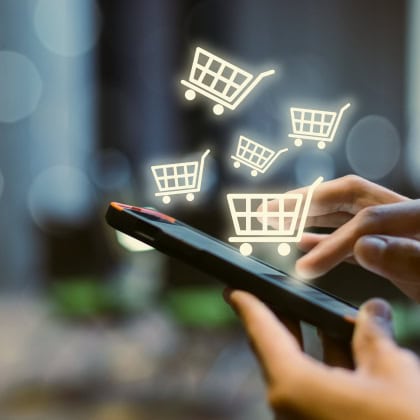Умный город - Remote data collection - Reducing NRW: A “Heat Map” of Losses from LoRaWAN/NB-IoT Meter Data and Repair Prioritization
In every water supply system, there is a gap between the volume of water delivered to the network and the amount actually paid for by consumers. This indicator is known as NRW (Non-Revenue Water) — non-recoverable water. It includes leaks, inaccurate measurements, unauthorized connections, and administrative errors.
Even 15–20% NRW means millions of lost dollars or hryvnias every year for a utility or homeowners’ association. But the worst part is that traditional methods of detecting these losses are labor-intensive, slow, and depend heavily on human factors.
However, non-revenue water reduction is possible with the rise of smart meters and wireless networks such as LoRaWAN and NB-IoT. These technologies allow utilities to view the water supply system as a living organism — with its own pulse, dynamics, and “temperature” of problems.
Each device transmits data on consumption and pressure in real time. This means the data gathered from NRW monitoring can be used not just to record readings as part of a leak detection system, but to analyze the network like a flow map, revealing anomalies and high-risk zones.
From Data to a “Heat Map” of Losses
Modern data collection systems make it possible to aggregate thousands of telemetry points into a unified analytical model. When readings are received every 15–30 minutes, it becomes possible to build a so-called “heat map of losses” — a visual representation of the network’s efficiency. Smart city water management highlights where consumption does not match supply, where pressure behaves erratically, and where water seems to disappear between nodes.
This type of analysis using a water loss heat map is particularly useful for urban networks and residential complexes as part of an overall NRW reduction strategy. On the scale of a block or building, the map highlights “hot zones” — areas with suspicious consumption patterns or constant night flow. For engineers, real-time leak localization is a signal of where to send a maintenance crew; for managers, it’s a decision-making tool grounded in facts rather than intuition.
How LoRaWAN and NB-IoT Help Fight Losses
Both LoRaWAN and NB-IoT for utilities are wireless communication technologies that allow smart meters to connect to a central server without a wired infrastructure.
LoRaWAN is ideal for distributed networks and private housing areas as its base stations cover several kilometers while consuming very little energy. NB-IoT, on the other hand, operates through existing cellular networks and ensures reliable data transmission even from basements or underground chambers.
The key advantage to LoRaWAN/NB-IoT integration is data continuity and water utility efficiency. Unlike monthly manual readings, the system automatically collects data without human intervention. This enables mathematical trend analysis — correlating zones, detecting micro-leaks through pressure fluctuations, and predicting future losses.
For utilities, this marks a transition from reactive maintenance to predictive analytics and water network optimization.
Repair Prioritization: When the Algorithm Knows Where to Go
Hundreds or even thousands of potential inspection points are a typical challenge for any water utility. However, losses based on smart meter data helps set clear priorities. Algorithms take into account the scale of the leak, signal stability, the age of the network section, neighboring consumption, and even weather factors.
The result is an infrastructure repair prioritization matrix: at the top are critical zones with growing losses, below are areas suitable for planned inspection. This allows maintenance resources and budgets to be allocated rationally, turning leak repair into a controlled process. Using remote water meter data in urban systems can reduce NRW by 5–10% within the first year of implementation.
Transparency for All Stakeholders
For municipalities and developers, implementing a smart water monitoring system that provides actionable insights from meter data is not just a step toward digitalization — it’s a way to build sustainable infrastructure management. The NRW level can be made publicly visible, connecting it to service quality and resource-saving metrics. Residents and property managers gain confidence that leaks aren’t hidden but detected in real time.
Moreover, a smart water metering system becomes part of a broader smart city ecosystem. District metered area analysis can integrate with pressure, temperature, flow, and vibration sensors. Together, they create a digital twin of the utility network, a tool that helps not only locate leaks but also plan long-term infrastructure investments.
The “heat map” used for water loss detection is more than just a pretty utility data visualization, it represents a new paradigm of infrastructure management, where data drives priorities instead of guesswork. When every meter has a radio module and every anomaly has coordinates, leaks can no longer hide — and operations become proactive.For utilities and management companies, adopting LoRaWAN/NB-IoT water meters is an investment in efficiency. Smart utility analytics and data-driven maintenance planning pays off through lower NRW, fewer emergencies, optimized maintenance, and improved customer trust. For modern cities, achieving operational efficiency in utilities is a vital step toward ensuring that water, energy, and time no longer go to waste.
